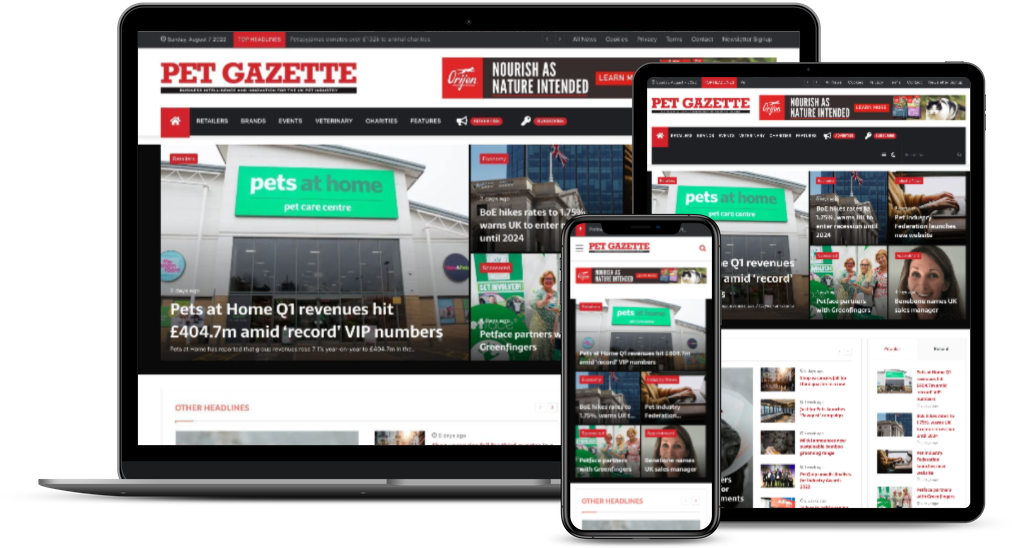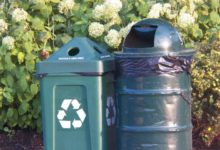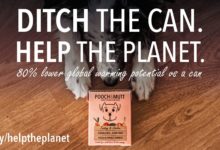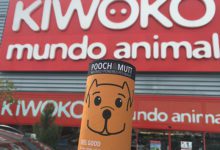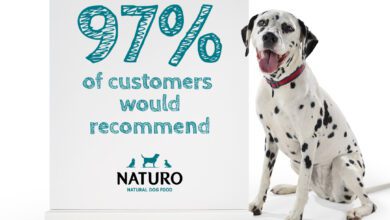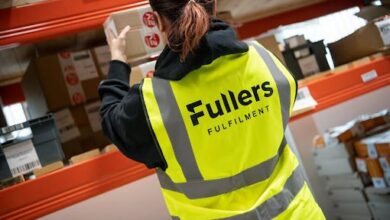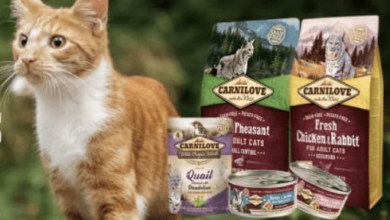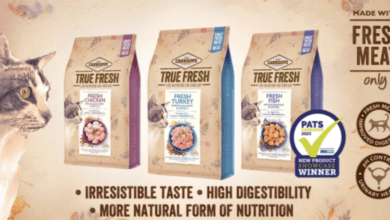Pooch & Mutt/MPMA debate: Can or carton, which is best?

It’s been an ongoing discussion in the packaging sector for some time now, which is the more eco-friendly format for packaging food, cans or cartons?
And it seems that question is in the spotlight once more, following claims by pet food manufacturer, Pooch & Mutt, that their new cartons of wet food are 80% more environmentally friendly than cans.
As we move towards a circular economy, brands, businesses and consumers are placing more emphasis on their choice of packaging materials, and their true environmental impact.
Pooch & Mutt founder, Guy Blaskey, has built a brand with sustainability at its heart, and the decision to use cartons to package their product is, on paper at least, in line with the company’s longstanding commitment to the environment.
But how do we determine what makes a material truly environmentally-friendly? To get a complete picture, we must take into account the entire life cycle of the material.
There’s no denying that lightweight packaging materials boast some environmental benefits such as gains in the areas of transport. But such benefits can be deceptively short term, as many lightweight materials fall drastically short at the end of the packaging life cycle.
Circular or linear economy?
Steel is a permanent material, which means it can be recycled over and over again without any loss of quality. Its inherent chemical and physical properties do not change regardless of how many times it is recycled. The World Steel Association estimates that 75% of the steel ever made is still in use today.
This is in stark contrast to many other packaging materials. A carton’s fibres, for example, become shorter each time they are recycled – which means after as little as three recycling loops, little remains of the original carton.
Then comes the question of what is truly recyclable. Cartons are technically recyclable; made from a multilayer composition of paperboard, polyethylene and aluminium. But herein lies the problem.
While it is possible to recycle each of these components, they must first be separated; a difficult and costly process which few recyclers in Europe are equipped or prepared to carry out.
In 2016 the real recycling rate for steel packaging was 79.5% versus only 47% for beverage cartons. The high recycling rate for steel is explained in part by the fact that scrap is a necessary component in the process of making new steel.
So not only is there a clear market for all collected steel scrap but every steel production plant also doubles as a recycling unit. As such there are more than 500 steel recycling plants across Europe, compared to only six factories that carry out the ‘full separation’ recycling procedure of cartons whereby the polymer and aluminium fractions are also recovered.
As Europe looks to move from a linear to a more circular economy, should it still be an option to send over 50% of a brand’s packaging to landfill?
Natural preservation?
As a producer of pet food, choosing a packaging type that eliminates the need for artificial preservatives is of course of the utmost importance to Pooch & Mutt, and that’s precisely what steel cans offer.
Since canning technology came of age in the 20th Century, the steel can has provided a safe, effective and affordable means of preserving food and vital nutrients such as vitamins and fatty acids for millions of consumers, for long periods at room temperature.
When it comes to protecting the environment, there are pros and cons to every packaging solution, which is why it is important to consider the wider picture. With this in mind, I would suggest claims that cartons are 80% more environmentally friendly than cans, are some way wide of the mark.
By Alexis Van Maercke, secretary general of federation of producers of steel packaging, APEAL

